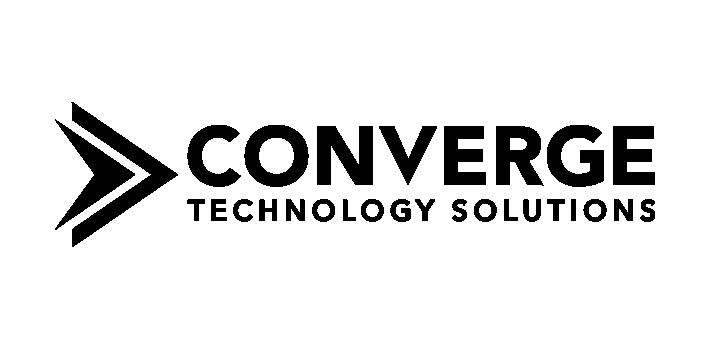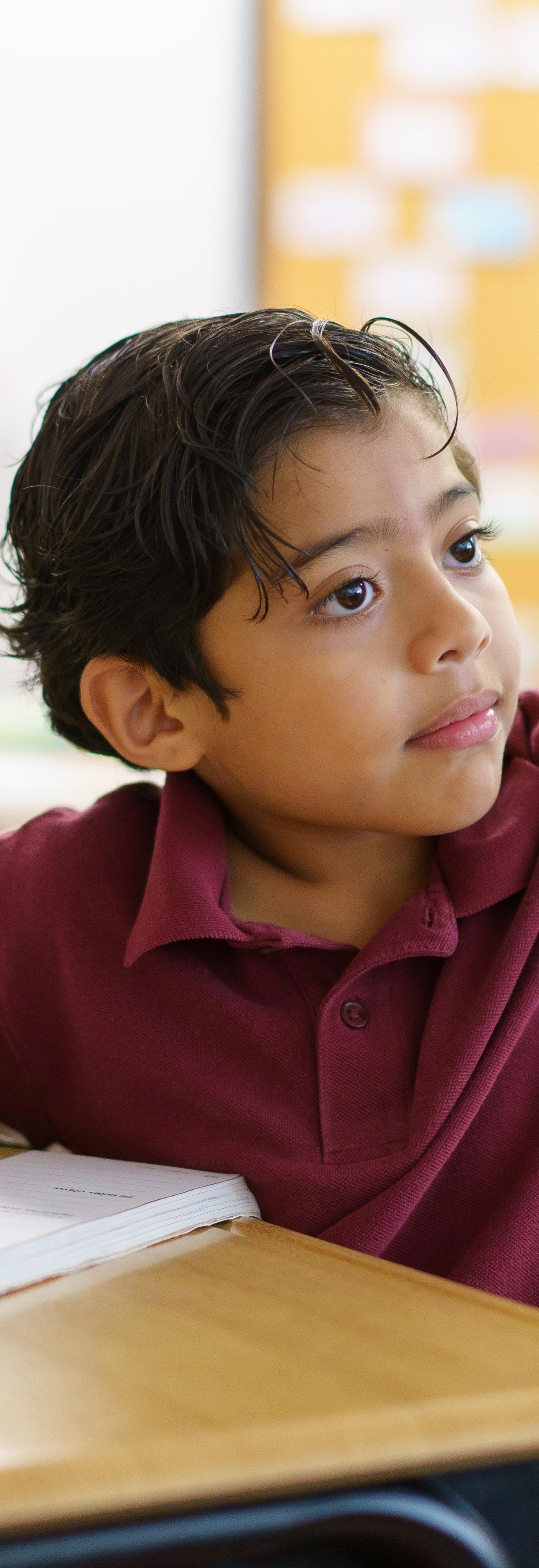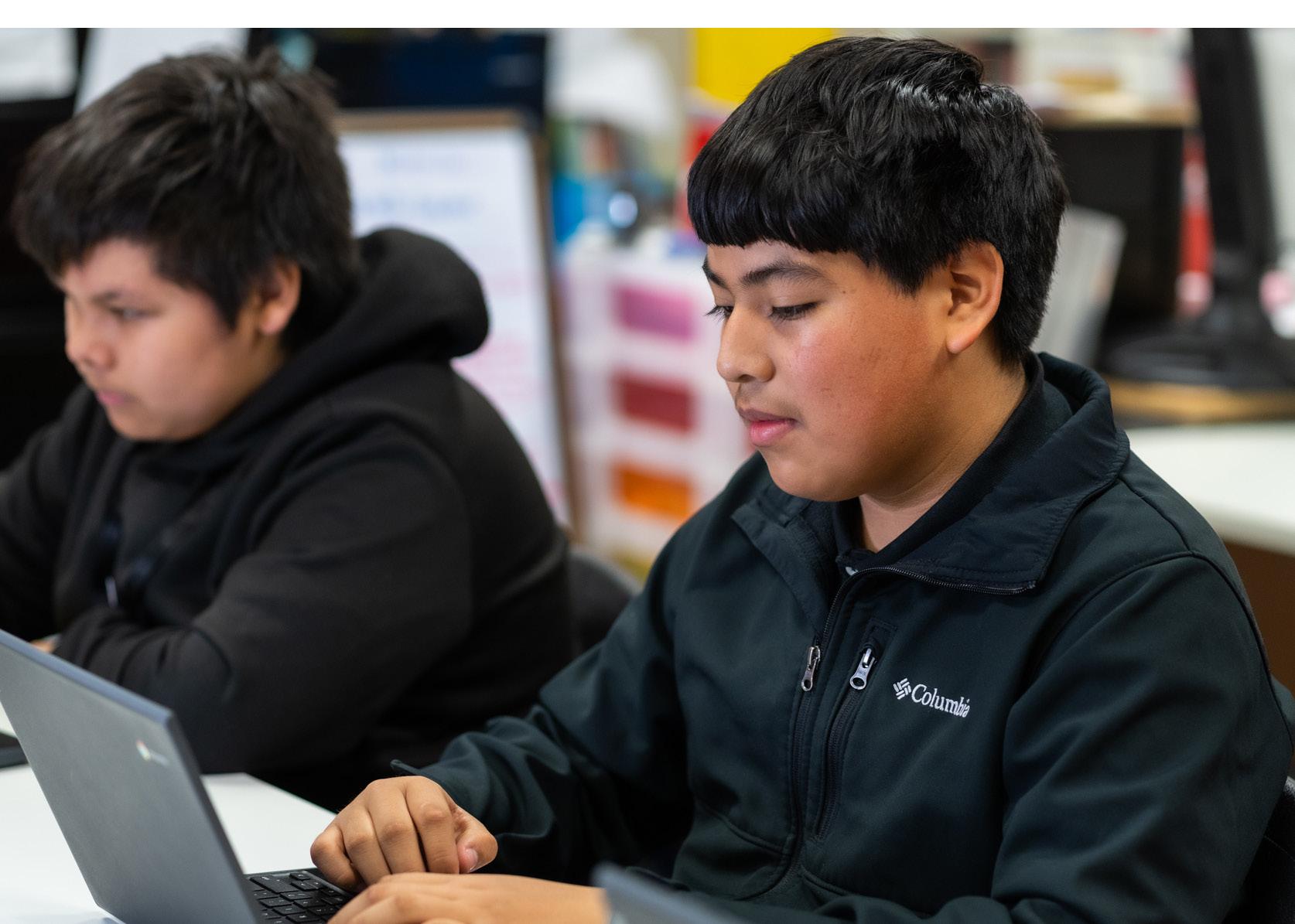Tyler ISD provides equitable education in tech-driven world

















Chief Technology Officer Joseph Jacks considers himself a lucky man, able to take inspiration from the technology work he and his team deliver for the largest K-12 school district in East Texas.


“I get to work in IT, but everything my team and I accomplish is for the students of our district,” explains Jacks. “It’s a good feeling knowing that our work positively affects the next generation. It makes it easy to come to work every day.”
Jacks manages technology services and network operations for Tyler ISD. As the liaison between IT operations and educational teams, his oversight includes cybersecurity, network operations and technical support services.
A member of the Consortium of School Networking (COSN), Texas Educational Technology Leaders (TETL), and Texas Computer Educators Association (TCEA), he holds a Master of Business Administration (MBA) degree from LeTourneau University and has been a Certified Educational Technology Leader (CETL) since 2014.
Jacks is also a self-described “lifer” when it comes to working in the education sector. “I got into education when I was 22, and I joined Tyler ISD as a PC repair technician in Oct 2000,” he explains. “I worked here while I went to college to earn a bachelor’s degree in business.”




TITLE: CTO
LOCATION: UNITED STATES
Chief Technology Officer

Joseph Jacks manages technology services and network operations for the largest K-12 school district in East Texas. As the liaison between IT operations and the educational teams of Tyler ISD, Mr. Jacks’ oversight includes cybersecurity, network operations and technology support services. Joseph holds a Master of Business Administration (MBA) degree from LeTourneau University and has been a Certified Educational Technology Leader (CETL) since 2014. He is a member of the Consortium of School Networking (COSN), Texas Educational Technology Leaders (TETL), and Texas Computer Educators Association (TCEA).

“I was promoted to Assistant Systems Engineer, where I gained invaluable knowledge of networking and after four years, I became Coordinator of Support Services while also pursuing my MBA from LeTourneau University. Eventually, I assumed the role of Chief Technology Officer, responsible for all aspects of network operations, cybersecurity, technology services and our 1:1 initiative.”
“Today, I work with some of the smartest, most dedicated people you will ever meet,” says Jacks. “Like myself, most of my team have been with Tyler ISD for over 15 years. We are a family, and that’s a good way to feel about work. When everyone likes where they work and have a shared purpose, it is amazing what you can accomplish.”
As the largest school district in Northeast Texas, Tyler ISD covers 193 square miles, maintains 36 campuses and auxiliary facilities, and serves an enrollment of over 18,000 students. The district comprises four high schools, a Career & Technology Center, two Innovative K-8 schools, four middle schools, 15 elementary schools, and one special education campus.



“I get to work in technology, but everything my team and I accomplish is for the students of our district”
JOSEPH JACKS CTO, TYLER ISD


Ben Rice and Timothy Kusajtys, from Converge, bring awareness to the importance of being prepared for cyber attacks after 1:1 devices are deployed
With its impressive record of implementing and managing IT solutions, Converge Technology Solutions has become a trusted advisor to numerous major organisations and education institutions.


Tyler ISD set to reap rewards
Tyler Independent School District (ISD), in Texas, is already benefitting from Converge’s skillset. Ben Rice, Director Education Solutions at Converge, says: “Tyler ISD understood that other school districts were successfully implementing large-scale 1:1 programmes and saw the value in leveraging our company’s capabilities.”
Rice continues: “During COVID, continuing education was prioritised in the educational space, forcing schools into a rapid 1:1 deployment. As a result, securing devices and student data was often an afterthought.” Timothy Kusajtys, Cybersecurity Manager and Practice Lead at Converge, adds: “Cyber criminals aren’t typically concerned about who they’re targeting. The problem is schools lack cybersecurity funding and expertise.”
School districts, Kusajtys continues, must be proactive in their approach to cybersecurity.
“You have to get things right 100% of the time,” he adds, “but attackers only have to be right once and it’s game over. Making sure you have a well-drilled plan is critical.”
Knowledge is key
Funding for cybersecurity in schools is important but, just as every teacher will tell you, so is knowledge.
In cybersecurity, the problems of yesterday may not be the problems of tomorrow, as has been seen with the use of Chat GPT in phishing emails. Fortunately for schools, Converge boasts an experienced team of 1,400+ technical resources who live and breathe cybersecurity.
“We can take our knowledge into school districts and produce an offering at a price they can afford,” concludes Kusajtys. “These are our young minds; making sure they’re safe is critical.”
“We are located about halfway between Dallas, Texas and Shreveport, Louisiana, right in the middle of the East Texas Piney Woods,” explains Jacks. “Being the largest district in the area means that we serve a very diverse population of students. Those students come from very different backgrounds. It is important that every student has access to the same learning experience, regardless of their background.”
“The great equaliser is technology,” says Jacks. “By providing every student with a Chromebook and access to a virtual desktop, Tyler ISD ensures that every student has the same opportunity to access all available resources, which levels the playing field and ensures equitable access to all.”




"Like many school districts, funding isn’t always available to perform upgrades when you need them, and our classroom technology had become extremely dated," explains Jacks, a challenge that was addressed with a district-wide classroom digital transformation. While they may have been top-of-the-line 20 years previously, Tyler ISD's smartboards, ceiling-mounted projectors, teacher stations and a great deal more technology were all in need of replacement.
"Over the past year we were able to secure funding to upgrade all our classroom technology," says Jacks. "We replaced 10-year-old staff workstations with brand new Dell thin clients to facilitate the connection to our Virtual Desktops. We also revitalised the AV experience by replacing the old smartboards and projectors with beautiful Cleartouch interactive flat panels (IFPs) with onboard PC, webcam and wireless keyboard."
“This classroom revitalisation means teachers are at the front of the classroom more often than teaching from behind
a desk,” explains Jacks, “and webcams make distance learning possible by allowing entire classes to join remote sessions or join with other classes via Microsoft TEAMS.”


"It’s very fulfilling to visit a campus and see this technology being used to teach our students and think about how far we have come," says Jacks. “I’m blessed to work for Tyler ISD because they really support technology. Our leadership supports and trusts us to find the right solutions to serve our district. That support has allowed Tyler ISD to grow and thrive in the digital age of learning.”
This has led to many achievements for which Jacks and his team remain very proud, but Jacks singles out the planning and approval of Tyler ISD’s secondary network and data centre as a particularly
“In the current environment, everything is reliant on technology, our network and internet connectivity,” he says. “Fear of losing that connectivity can keep you up at night. Now, with a fully resilient network utilising multiple fibre networks, multiple paths to the internet, and dual active data centres,

It’s good knowing that our work positively affects next generation. It makes it easy to come to work
Enable secure access to virtual desktops and apps from anywhere with an unmatched user experience
Leverage the scale and flexibility of a hybrid and multi-cloud Desktop-as-a-Service platform

Reduce IT costs and simplify management with SaaS services using a unified control plane

we can truly provide near-guaranteed access to our learning resources anytime and from anywhere our staff and students want to learn.”
Jacks and his team have taken time and effort to ensure Tyler ISD has established the right cloud configurations, fibre optic infrastructure, and data centre resiliency. “The world we live in today runs on technology,” he explains. “That is as true in the education of our students as it is in other


industries. If the network goes down or there is an internet outage, then in many cases, learning comes to a stop.”
“Without the internet, students can’t reach their web-based learning suites and software. If the network goes down, they lose access to their files, folders, and projects. Teachers can’t reach their teaching resources, and even communications such as telephone systems and alarm systems can be affected.”
“We have spent a lot of time planning our resilient network based around multiple live data centres and multiple fibre optic networks. These fibre networks interconnect all our campuses and data centres to allow multiple paths to the internet, Virtual Desktop Infrastructure, data storage services, and ultimately negate a network outage.”
JOSEPH JACKS CTO, TYLER ISD
“Without the internet, students can’t reach their web-based learning suites and software”
193sq mi
Total area covered by Tyler ISD Services

36 Campuses and auxiliary facilities operated by Tyler ISD
18,000+ Students served by Tyler ISD
“Nothing is fool proof,” Jacks accepts, but with the resources now available to all, he is confident Tyler ISD has built a network that can withstand partial outages and continue to provide the services and access staff and students have come to expect. “This means that teachers can continue to teach, and students can continue to learn without interruption even if we lose a data centre or a portion of our fibre network.”

Tyler ISD was a pioneer in the use of Virtual Desktop Infrastructure (VDI) in education, but Jacks is quick to point out that he can’t take all the credit for this. “I may currently be the leader of an amazing team, but the real heroes of our VDI implementation are two of our most senior engineers, Daryl Kisosondi and Jason Keeling. This foray

into the VDI world began before I was the CTO. However, together with these two guys and the rest of my team, we have continually evolved and improved our virtual environment.”
“Virtual Desktops using VMware’s Horizon View have led to multiple benefits for Tyler ISD,” says Jacks, “including saving millions of dollars in hardware and support costs over the past decade while simultaneously



supporting thousands of endpoints with much fewer support staff than would be required to maintain traditional PCs.”
“The Virtual Desktops reside in our private cloud, which is housed inside our Tyler ISDowned data centres,” he explains. “This means we retain complete control of both the hardware and software. Virtual desktops also mean we can push new software and updates almost instantaneously, ensuring all our endpoints are always up to date.”
“We can’t forget about remote connection,” says Jacks. “VDI with VMWare Horizon View means that any staff or student can connect back to their personal desktop anytime, from anywhere, on any device, 24 hours a day, 365 days a year. It truly means learning can take place at any time.”
Remote learning has been possible at Tyler ISD for many years thanks to its VDI implementation, but this ability was not used extensively. Students and staff have had the ability to connect via VDI anytime and gain access to their resources, but students did not have district-owned devices issued to them, so they had to use personal devices.
“Before COVID-19, we had a cart-based model for student devices and computer labs. Staff were not issued devices, and we supported a ‘bring your own device’ (BYOD) approach,” says Jacks. “Thanks in part to our VDI infrastructure, we quickly pivoted from the cart-based student device approach to a 1:1 program by adding additional Chromebooks. We coupled that with VDI and began our BLADE program - Blended Learning and Distance Education - which combined remote learning and integrating technology device use into everyday classroom instruction time.”
Tyler ISD started the Autumn/Fall 2020 school year in an optional remote learning environment but returned to full in-person






POWERED BY:

